Can we use each hot wire from 220v line separately
ramrem
13 years ago
Related Stories
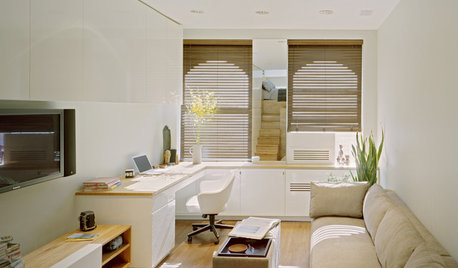
SMALL HOMESCan You Live a Full Life in 220 Square Feet?
Adjusting mind-sets along with furniture may be the key to happiness for tiny-home dwellers
Full Story
DIY PROJECTSHide All Those Wires in a DIY Charging Station
Keep your gadgets handy and charged with a flexible storage board you can design yourself
Full Story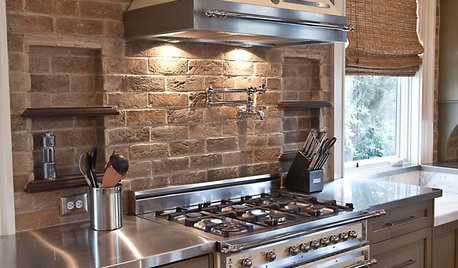
KITCHEN DESIGNYes, You Can Use Brick in the Kitchen
Quell your fears of cooking splashes, cleaning nightmares and dust with these tips from the pros
Full Story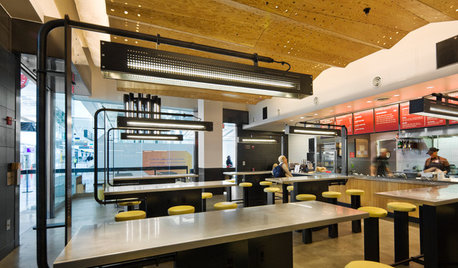
HOME TECHWhat Chipotle and Radiohead Can Teach Us About Sound Quality at Home
Contemporary designs filled with glass and concrete can be hostile environments for great sound quality. Here's how to fix that
Full Story
FEEL-GOOD HOME12 Very Useful Things I've Learned From Designers
These simple ideas can make life at home more efficient and enjoyable
Full Story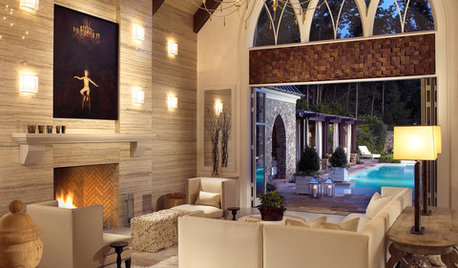
MORE ROOMSHome Tech: Getting Rid of Wires Without Sacrificing Sound
Wireless home technology still isn't perfect, but new products are giving audiophiles choices
Full Story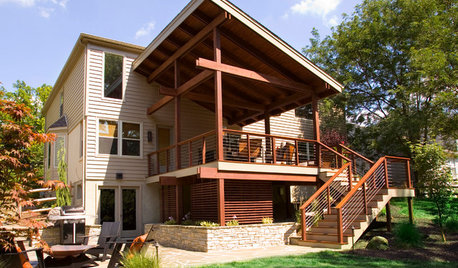
MOST POPULARSee the Difference a New Back Deck Can Make
A dramatic 2-story porch becomes the centerpiece of this Ohio family’s renovated landscape
Full Story
LIGHTING10 Ways With Wall Lights That Don’t Need to Be Wired In
Learn how to add illumination to your home without carving into the walls
Full Story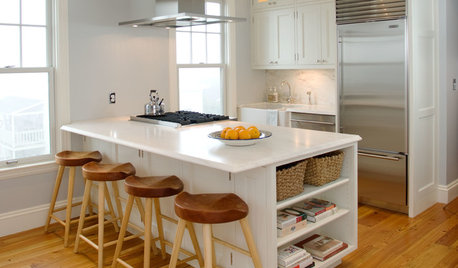
KITCHEN DESIGN20 Kitchen Must-Haves From Houzz Readers
We asked you to tell us your top kitchen amenities. See what popular kitchen features made the list
Full Story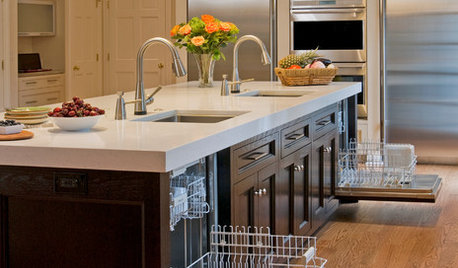
HOUSEKEEPING10 Chores You Can Whip Through During Commercials
Use ad time for getting tasks done, and it’s like fast-forwarding your house into cleanliness
Full Story








fa_f3_20
DavidR
Related Professionals
Centereach General Contractors · Flint General Contractors · Jamestown General Contractors · Lakewood Park General Contractors · Linton Hall General Contractors · Mankato General Contractors · Parkville General Contractors · Coachella Solar Energy Systems · Cocoa Beach Solar Energy Systems · Gages Lake Home Automation & Home Media · Greatwood Home Automation & Home Media · Jamaica Plain Home Automation & Home Media · Manhattan Home Automation & Home Media · Pittsburgh Home Automation & Home Media · Wheaton Home Automation & Home Mediabrickeyee
kurto
ramremOriginal Author
brickeyee
DavidR